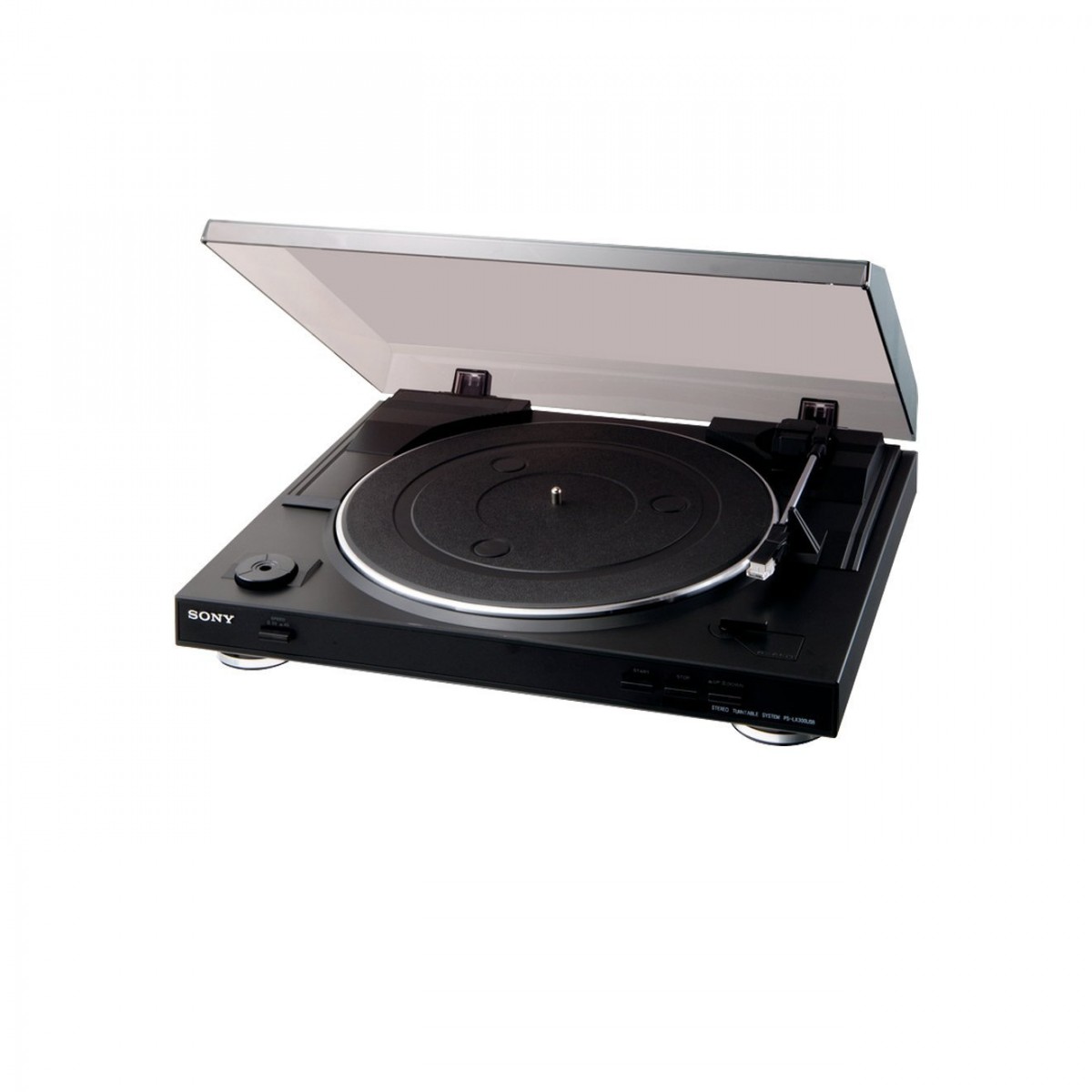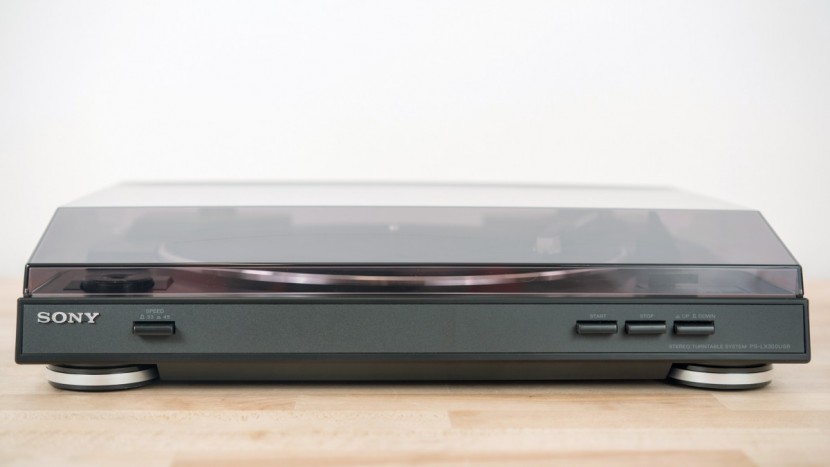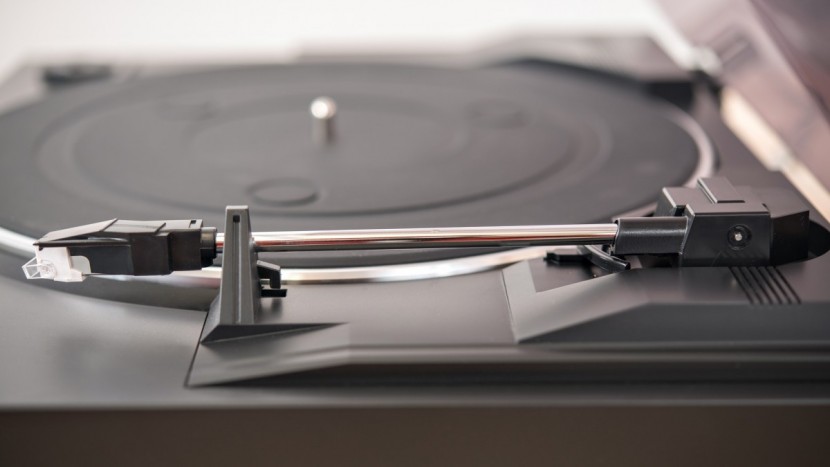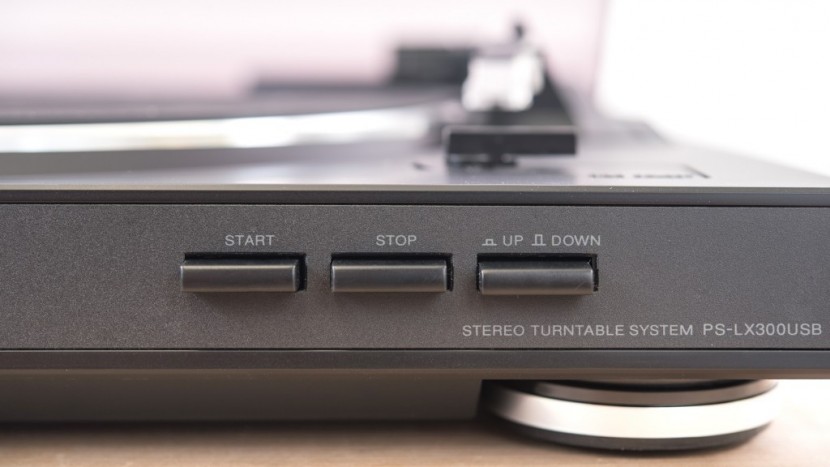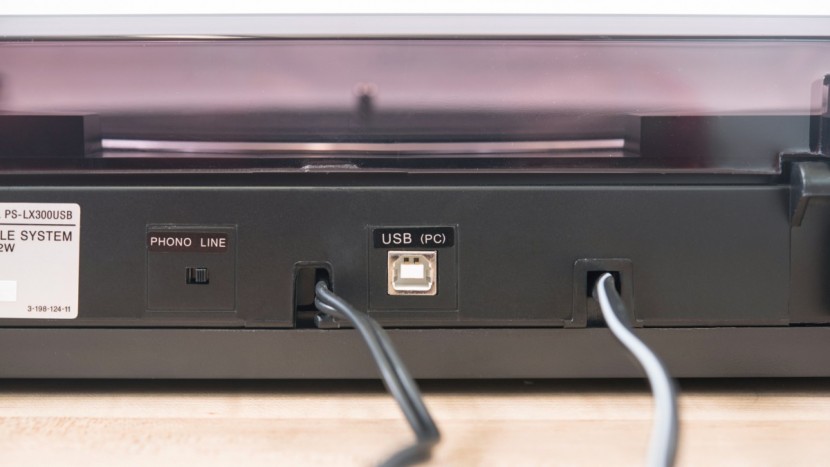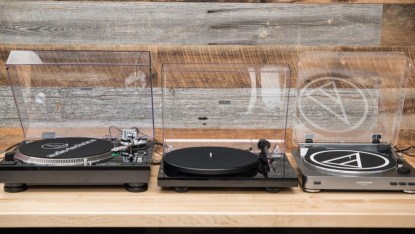Sony PSLX300USB Review
Our Verdict
Our Analysis and Test Results
The Sony PSLX300USB performed quite well in our testing considering its low price, but we still feel that there are better sounding models available in the same price range.
Performance Comparison
The Sony PSLX300USB's overall performance in our testing landed it in the middle of our leaderboard, as seen in the table above.
Sound Quality
The Sony earned an average score of 5 out of 10 in our sound quality testing. Its clarity was good overall, but lacked that crystal clear sound that really defines a high-quality listening experience. The dynamic range is wide enough to give the music nuance and some emotional depth, but is narrower than what you can hear with the higher-end models. This certainly isn't a dealbreaker, but it does rob loud notes of some of their impact, and loses some of the subtleties of the quiet ghost notes. Overall we found this listening experience to be about the same as listening to a streaming service like Pandora through a good Bluetooth speaker. This translates to a good listening experience, but it may not be what you were hoping for from vinyl.
Component Quality
The Sony is relatively inexpensive as far as turntables go, and its construction certainly reflects that. It earned an average score of 5 out of 10 in this metric, largely due to the amount of flimsy feeling plastic used in most of its construction. However, it does use a fairly heavy platter and rubber mat that are quite effective at reducing vibration from the belt driven motor. The metal tonearm is lightweight but feels a bit flimsy compared to other models. The cartridge is a stock Sony cartridge and seemed to produce a decent signal in our testing.
User Friendliness
This is one area where the Sony did outperform some of its budget rivals, earning a score of 7 out of 10.
The Sony has a fully automatic cueing function, which lets you get the record playing at the push of a button. The Audio-Technica also has this function, and looked to have smoother moving parts than the Sony. However, we didn't have any issues with the automatic cueing functions of either model in our testing. Like the Audio-Technica the Sony can handle both 33's and 45's, and automatically detects the type of record and adjusts to the right speed. The Sony doesn't have any sort of tracking force adjustment, which makes it a bit harder to troubleshoot if things aren't working properly, though we never had any tracking force issues in our testing.
Vibration resistance
The Sony earned a respectable score of 6 out of 10 in our vibration resistance testing. It was able to withstand fairly vigorous bumps to the table it was sitting on without skipping, but a solid, “Ouch, I didn't see that table!” hit left it skipping quite a bit. If you want something that is nearly skip-proof, you'll unfortunately have to spend quite a bit more on the Fluance RT81.
Value
The Sony PSLX300USB offers a fairly good value considering its sound quality and convenience factor. However, as long as you don't need fully automatic cueing, there are some more compelling budget options out there.
Conclusion
The Sony PSLX300USB provides good sound quality considering its price, but we think there are better budget options available.


